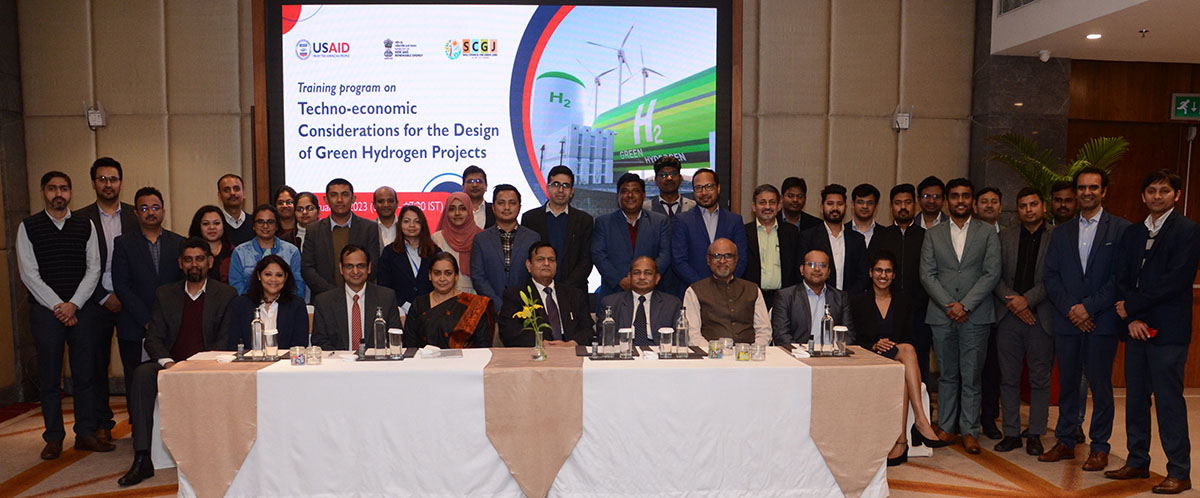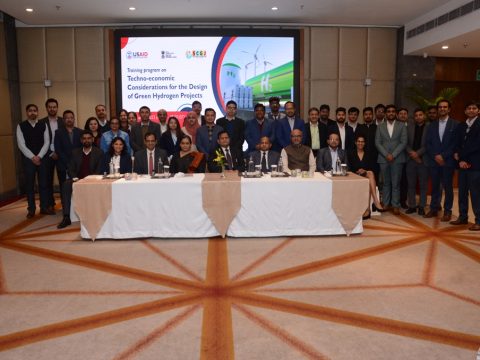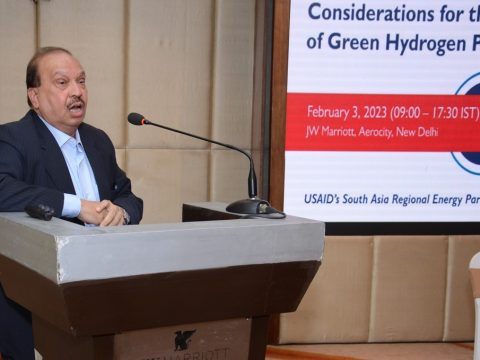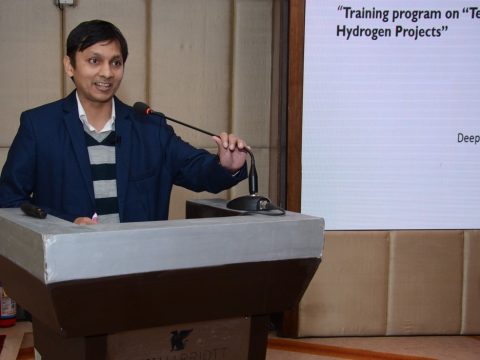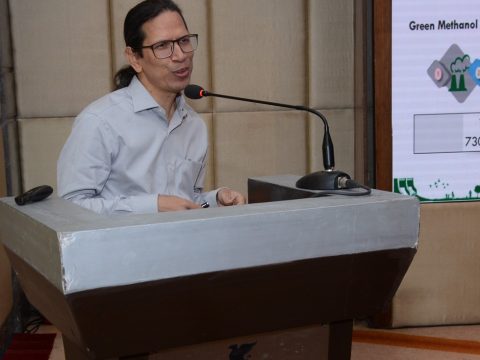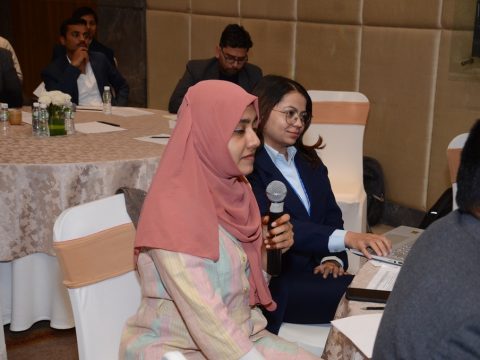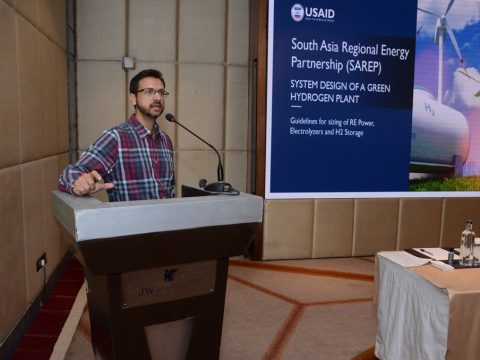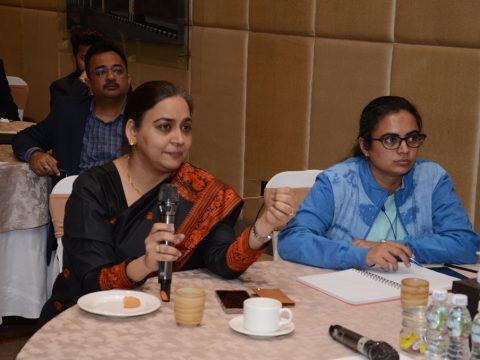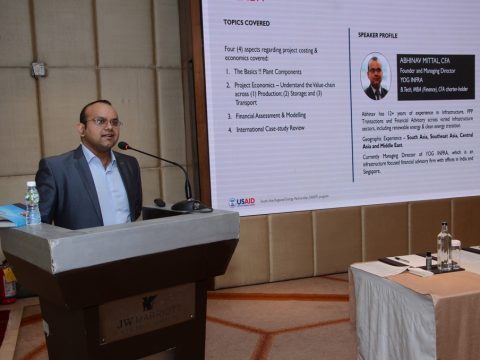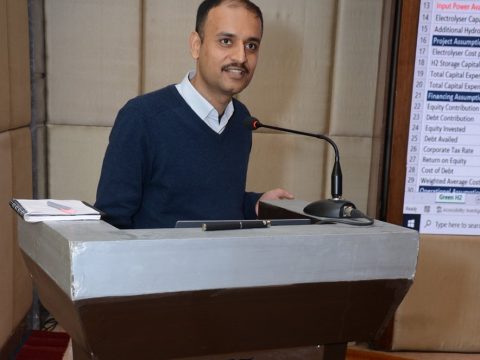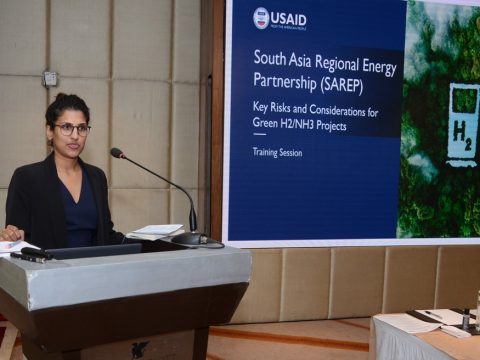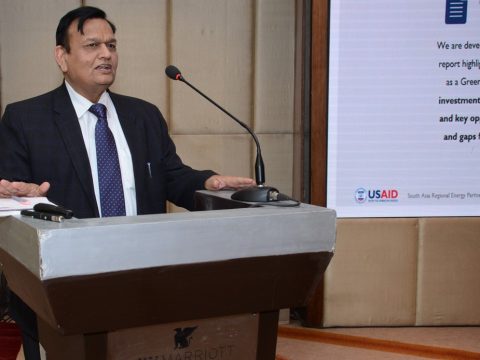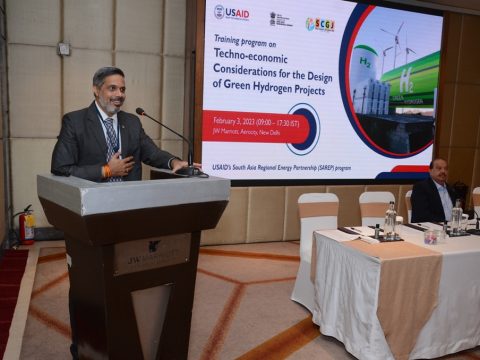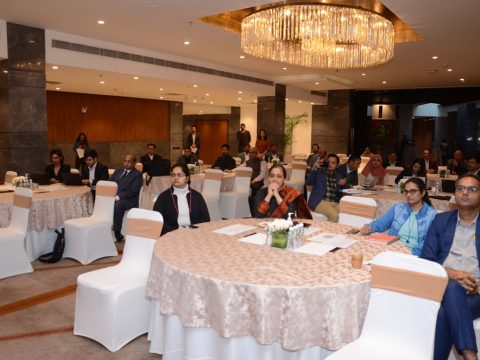The recently launched National Green Hydrogen Mission aims to create over six lakh jobs, apart from abating nearly 50 MMT of annual greenhouse gas emissions. It also intends to make India a global hub for production, utilization, and export of green hydrogen and its derivatives.
In this backdrop, USAID’s South Asia Regional Energy Partnership (SAREP) program, in partnership with the Skill Council for Green Jobs (SCGJ) organized a day-long training program for better understanding of ‘Techno-economic Considerations for the Design of Green Hydrogen Projects’, on February 3 in New Delhi. The event was open to public sector undertakings, banking and financial institutions, relevant departments of central/state governments, and private sector professionals. The in-person training was aimed to impart better understanding of green hydrogen and green ammonia plant technology, and sizing, economics and risks involved in the same.
MD, New & Renewable Energy Development Corporation of Andhra Pradesh Ltd. (NREDCAP), Chairman, Haryana Renewable Energy Development Agency (HAREDA), GM, Maharashtra Energy Development Agency (MEDA) and senior management from Power Finance Corporation (PFC) and Satluj Jal Vidyut Nigam (SJVN) attended the training program and participated in the discussions.
The program was well received with more than 50 participants representing more than 25 organisations such as Indian Railways, SJVN, NTPC, HAREDA, DHBVN, MEDA, IPGCL, institutional investors such as PFC, Tata Cleantech, ICICI Bank, academic institutes like VJTI, IIT Ropar, IIT Kanpur and regional participation from Nepal Electricity Authority.
Enabling the deployment of advanced energy solutions and systems, such as green hydrogen, is an important objective of SAREP and Government of India. Under this goal, SAREP aims to train thousands of energy professionals and technicians, and pilot innovative technologies in future capacity building initiatives.
Agenda
Presentations
- Session 1 – Green Hydrogen Policy landscape
- Session 2 – Key Components for Green Hydrogen Projects
- Session 3 – System Design of Green Hydrogen Plant
- Session 4 – Sizing Principle for a Green Ammonia Plant
- Session 5 – Green Hydrogen Ammonia Cost Economics
- Session 6 – Session on Sizing Economics
- Session 7 – Key Risks and Insights on Planning


